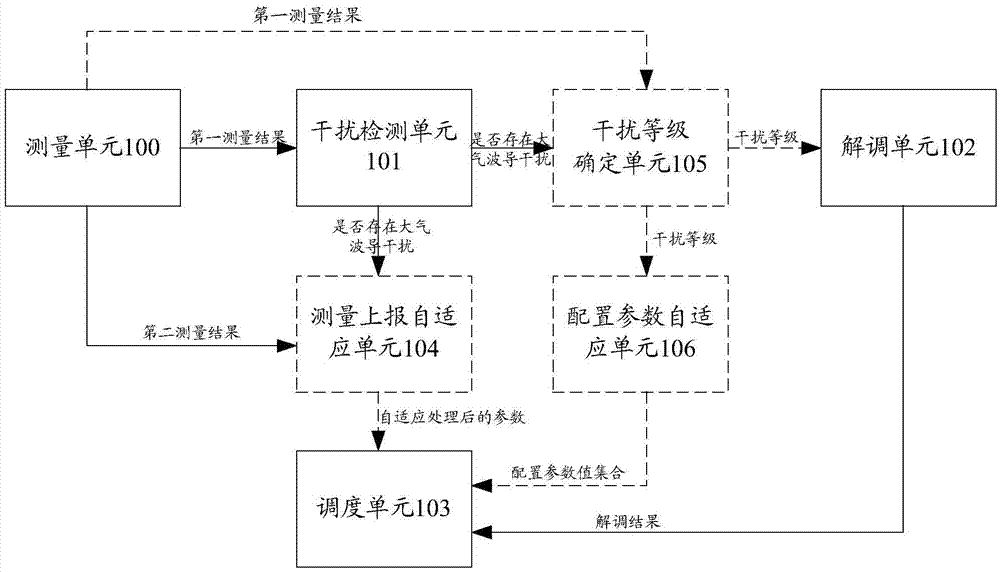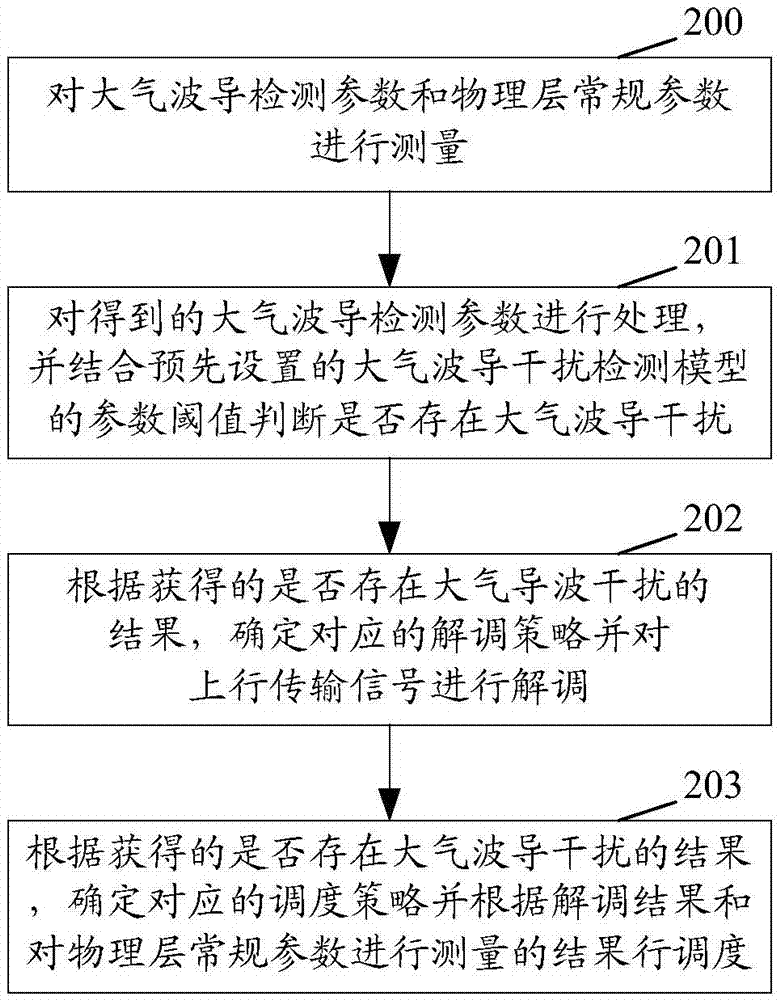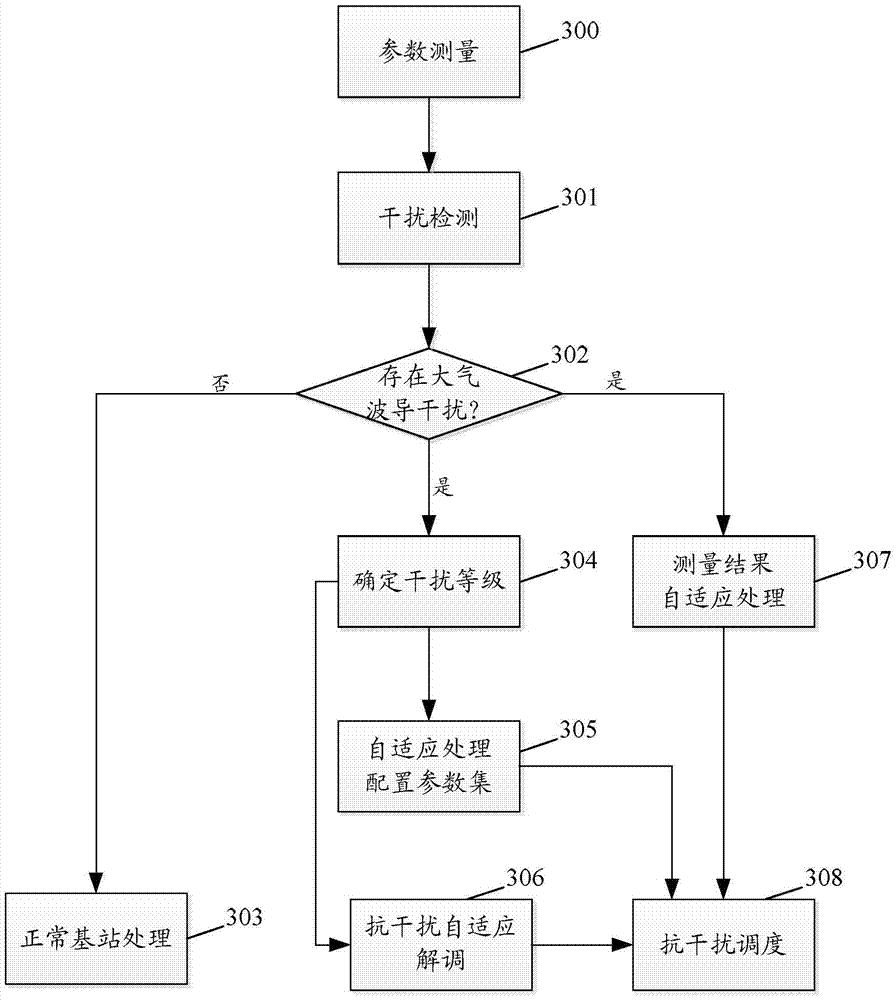Base station and signal processing method thereof
A base station and physical layer technology, applied in the field of interference processing, can solve problems such as inability to effectively identify interference atmospheric interference, source base station access troubles, and inability to effectively find source base stations
- Summary
- Abstract
- Description
- Claims
- Application Information
AI Technical Summary
Problems solved by technology
Method used
Image
Examples
Embodiment Construction
[0071] In order to make the purpose, technical solution and advantages of the present invention more clear, the embodiments of the present invention will be described in detail below in conjunction with the accompanying drawings. It should be noted that, in the case of no conflict, the embodiments in the present application and the features in the embodiments can be combined arbitrarily with each other.
[0072] figure 1 It is a schematic diagram of the composition structure of the base station of the present invention, such as figure 1 As shown, it at least includes: a measurement unit 100, an interference detection unit 101, a demodulation unit 102, and a scheduling unit 103; wherein,
[0073] The measurement unit 100 is used to measure the detection parameters of the atmospheric waveguide, and output the first measurement result to the interference detection unit 101, which can use timing or real-time measurement; and measure the conventional parameters of the physical lay...
PUM
 Login to View More
Login to View More Abstract
Description
Claims
Application Information
 Login to View More
Login to View More - R&D
- Intellectual Property
- Life Sciences
- Materials
- Tech Scout
- Unparalleled Data Quality
- Higher Quality Content
- 60% Fewer Hallucinations
Browse by: Latest US Patents, China's latest patents, Technical Efficacy Thesaurus, Application Domain, Technology Topic, Popular Technical Reports.
© 2025 PatSnap. All rights reserved.Legal|Privacy policy|Modern Slavery Act Transparency Statement|Sitemap|About US| Contact US: help@patsnap.com



